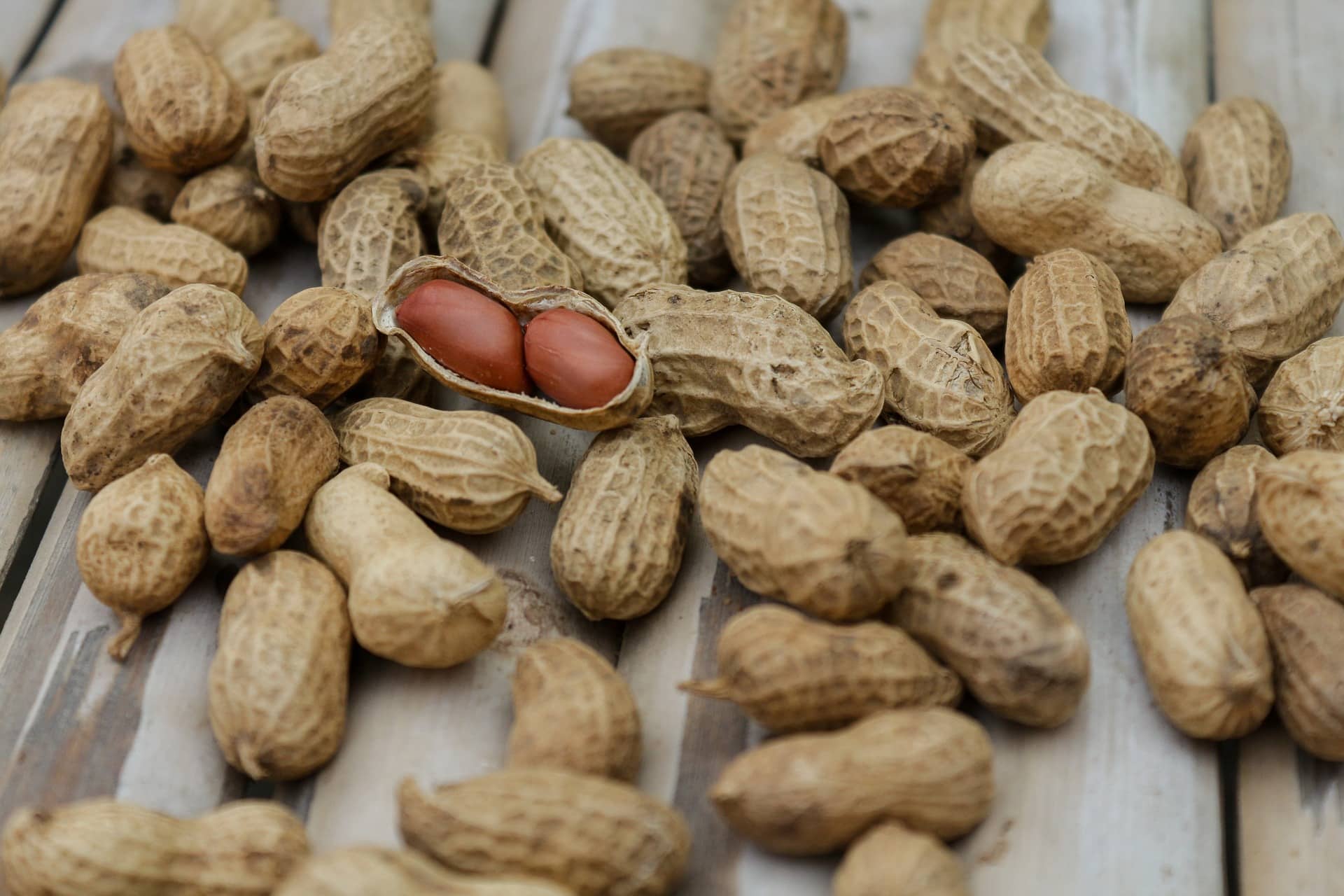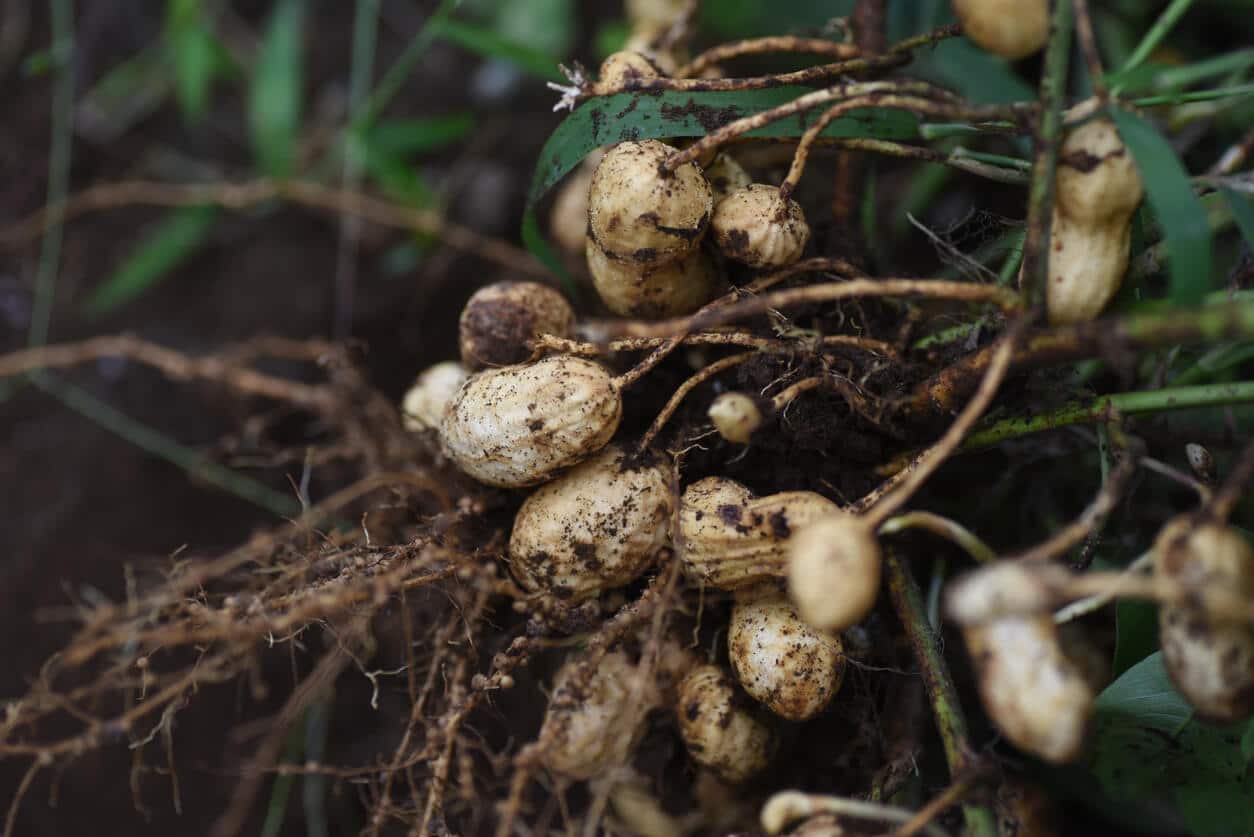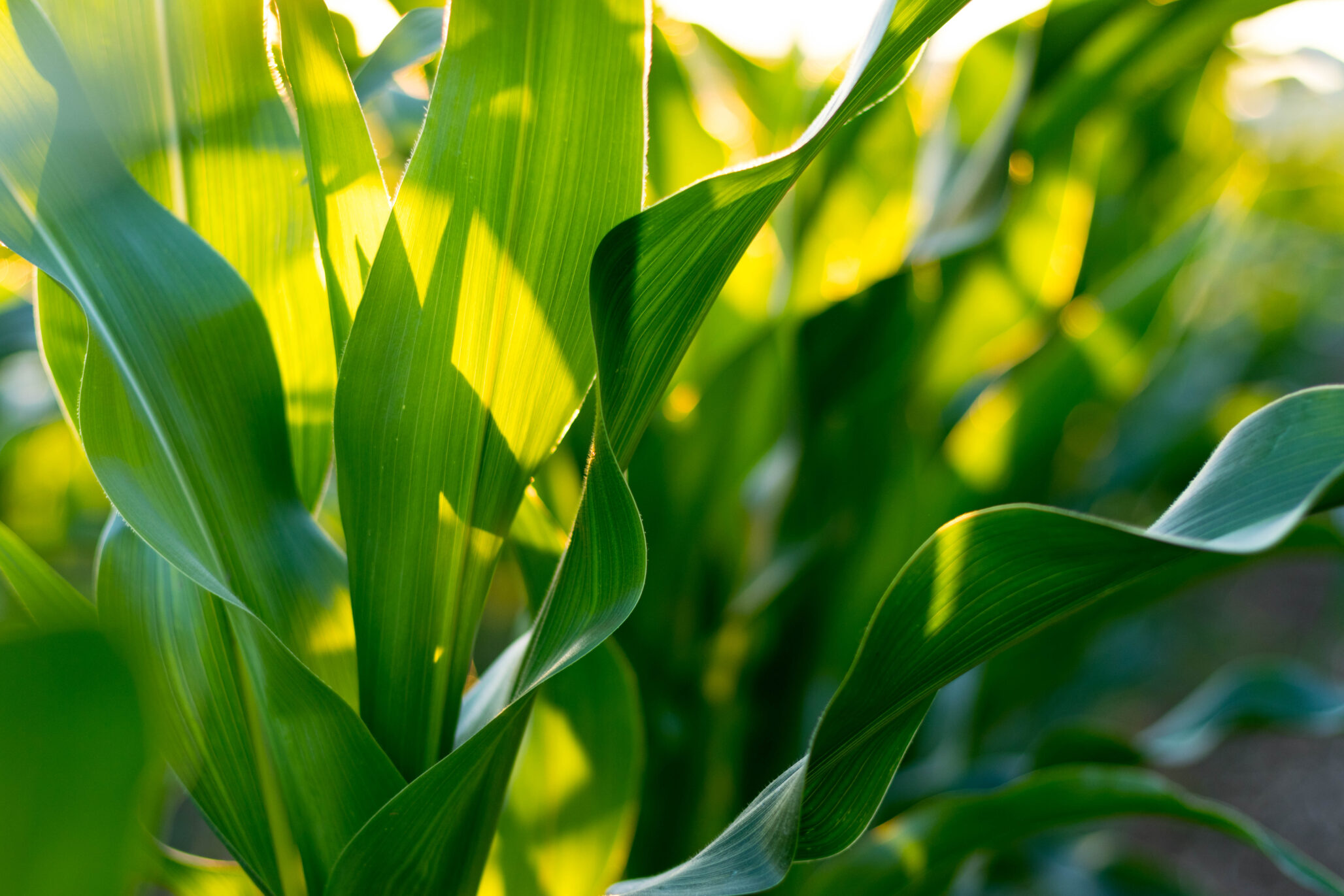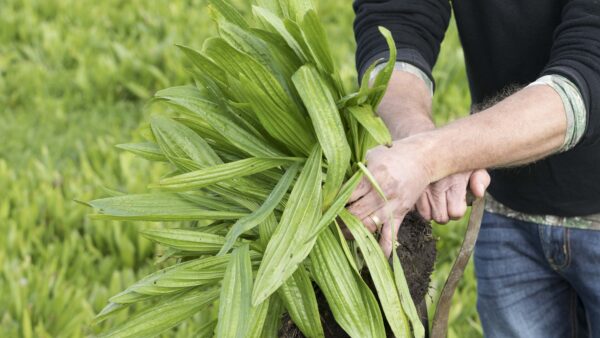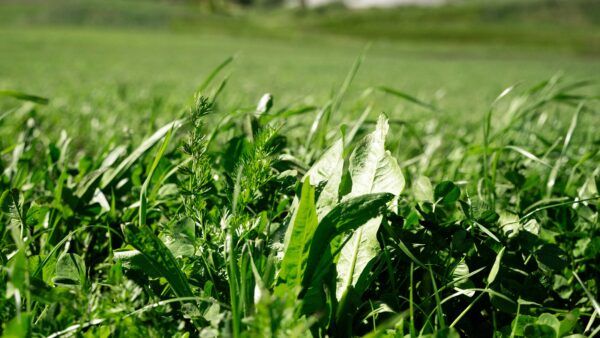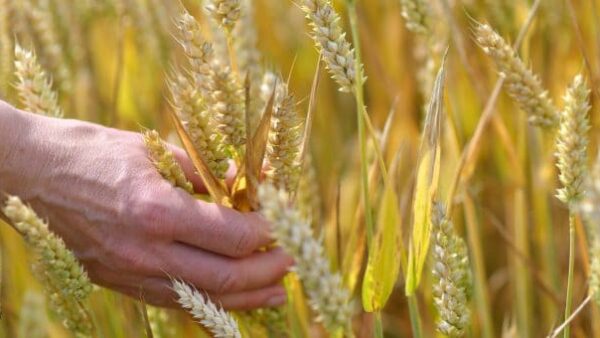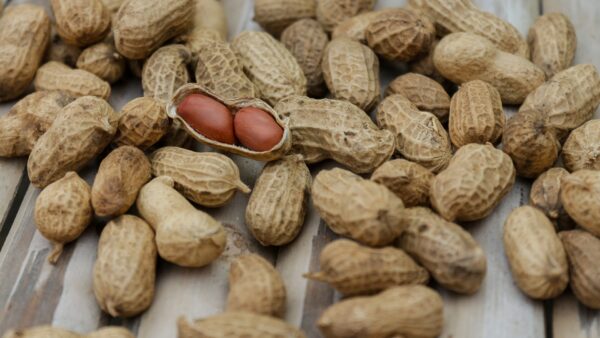Slap a tariff on peanuts! That was the decision arrived at by the U.S. Congress in 1921 after hearing testimony about how American peanut farmers were being undercut by imported peanuts from China. The witness was George Washington Carver who also expounded on all the uses to which peanuts could be put. It was unusual at the time for an African American to appear in front of a Congressional committee, but Carver, born around 1864 and raised by Missouri farmers who had owned his mother as a slave, had made a name for himself as an agricultural expert. After graduating from the University of Iowa he had taken up a position as head of the Department of Agriculture at the Tuskegee Institute in Alabama. To underline the importance and versatility of peanuts, Carver had brought along samples of ice cream, candy, instant coffee, milk, oil, ink and a face cream, all made from peanuts. Indeed, in his career he would go on to formulate more than 300 items from peanuts, including soup, doughnuts, shaving cream, laxatives and laundry soap.
“Here is a breakfast food,” Carver pointed to the table in front of him. “I am very sorry that you cannot taste this, so I will taste it for you” he quipped, eliciting much laughter. The committee members were so impressed with Carver’s presentation that his allotted time of ten minutes was repeatedly extended. The “Peanut Man,” as he would eventually be known, concluded by saying that he was unaware of a single case of anyone being hurt by peanuts. That is not surprising given that mentions of food allergy did not appear in the medical literature until the 1920s. Only in the 1990s would peanut allergy be recognized as a serious problem.

At Tuskegee, Carver had carried out research on crop rotation that changed the face of southern agriculture. Cotton, the dominant crop in the south, presented difficulties because it depletes soil nutrients and requires a lot of fertilizer, which most farmers could not afford.
But Carver found that rotating cotton with legumes solved this problem. Legumes harbour microbes in their root nodules which can “fix” nitrogen, meaning that they can convert nitrogen in the air into nitrogen compounds that remain in the soil and serve as nutrients for subsequent plantations.
Soybeans and peanuts were ideal for this soil enrichment.
George Washington Carver’s name is intimately and justifiably linked with peanuts, but contrary to many accounts, he did not invent peanut butter. Centuries earlier the Incas were already grinding peanuts into a paste, and in 1884, Montreal chemist Marcellus Gilmore Edson filed a patent for the manufacture of a peanut paste that had “a consistency like that of butter, lard, or ointment.” It was to be combined with sugar to make a candy, but there is no evidence the paste was ever sold as a “butter.”
While there is no significant nutritional issue with peanut butter, allergy to peanuts can affect up to 3% of children in westernized countries. Peanut allergy, although not as prevalent as allergies to eggs or milk, is outgrown in fewer than 20% of cases and can have deadly consequences. The most severe reaction is anaphylaxis that can lead to life-threatening respiratory failure unless reversed with an intramuscular injection of adrenaline (epinephrine). Anyone with a peanut allergy must have an Epi-Pen within reach at all times in case of accidental exposure.
Why food allergies, especially to peanuts, have risen significantly in recent decades is unknown. One clue may come from the discovery that sensitization may not require ingestion but may occur from exposure through the skin. This can happen if peanut products in a house inadvertently contact a baby’s skin. It has been suggested that washing babies every day, a relatively recent practice, may change the skin’s permeability to foreign proteins.
Other possibilities that have been raised to explain the increase in food allergies include changes in the intestinal microbiome during infancy, and decreased exposure to infectious agents during childhood that makes the immune system less “busy.” With fewer infectious agents to fight, the immune system may unleash its weaponry against targets that do not actually pose a risk. These are only theories, but what has become clear, is that delaying exposure to peanuts does not reduce the risk of allergy.
Studies have shown that in infants with severe eczema or egg allergy, conditions that increase the risk of peanut allergy, that risk can be reduced by introducing peanut-containing foods into the diet as early as four to six months of age. If there is no eczema or food allergy, guidelines recommend that peanut-containing foods can be introduced along with other solid foods.
I have no personal experience to recount here because peanut butter was unknown in Hungary when I was growing up. However, its popularity, inexplicable to my palate, did prompt me to look into the history of this American favourite that introduced me to the exploits of George Washington Carver. I now understanding his epitaph that reads: “He could have added fortune to fame, but caring for neither, he found happiness and honour in being helpful to the world.”
Joe Schwarcz PhD is Director, McGill University Office for Science and Society, Montreal, QC, Canada.


